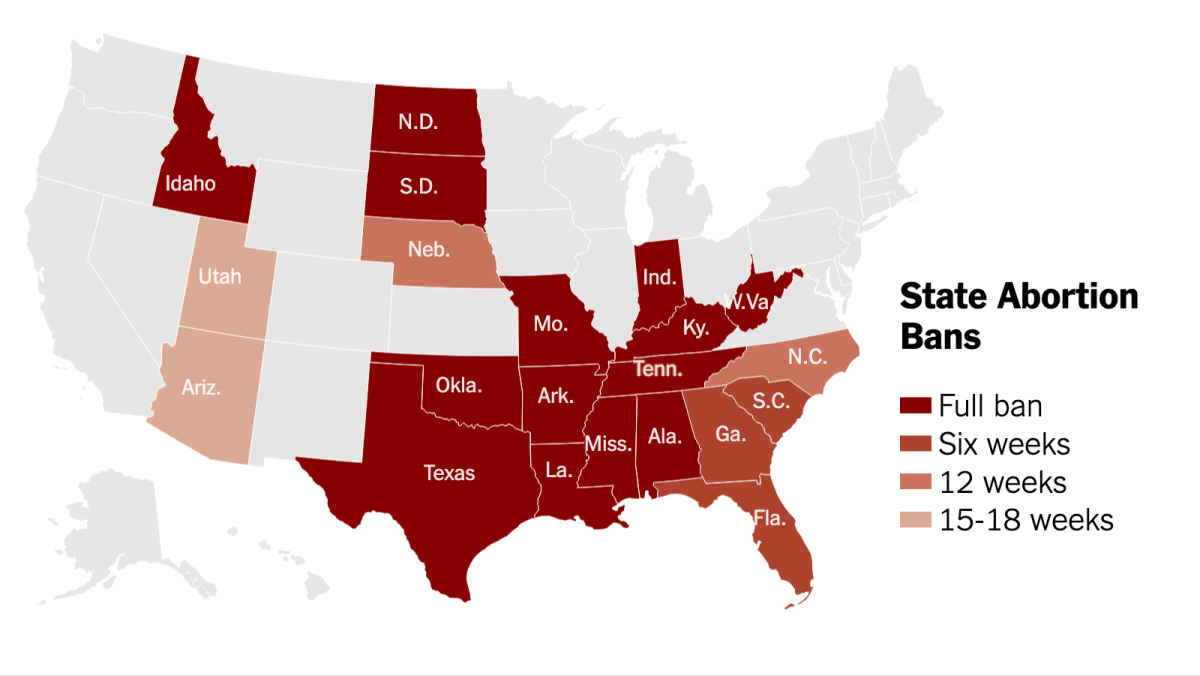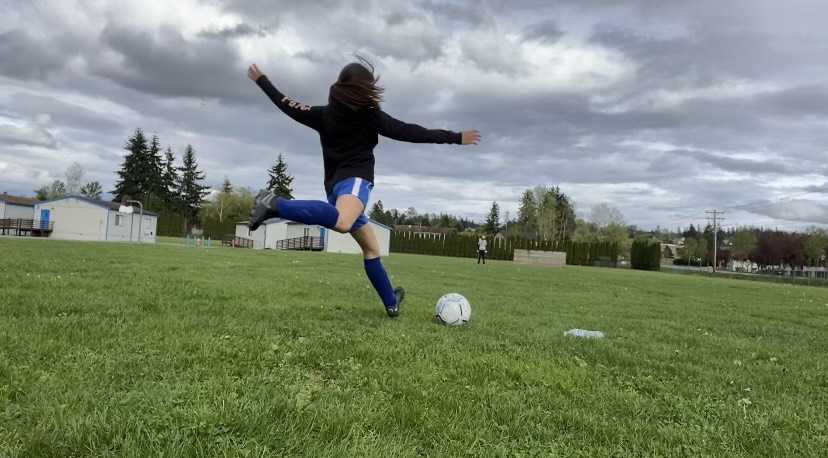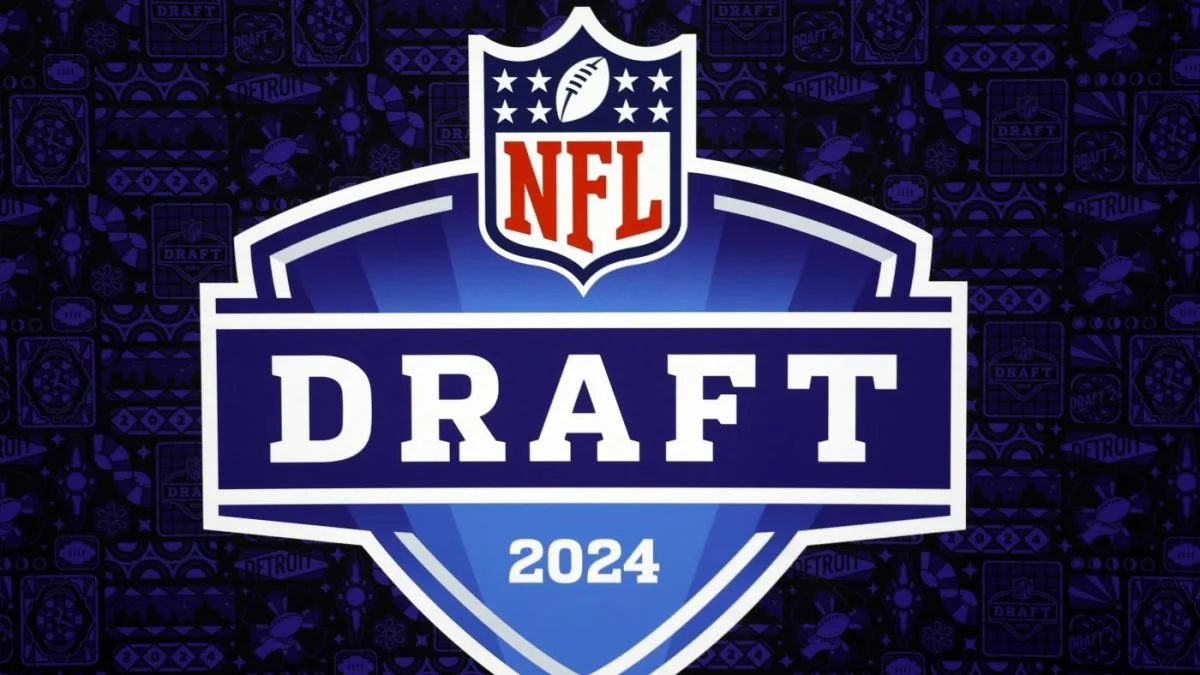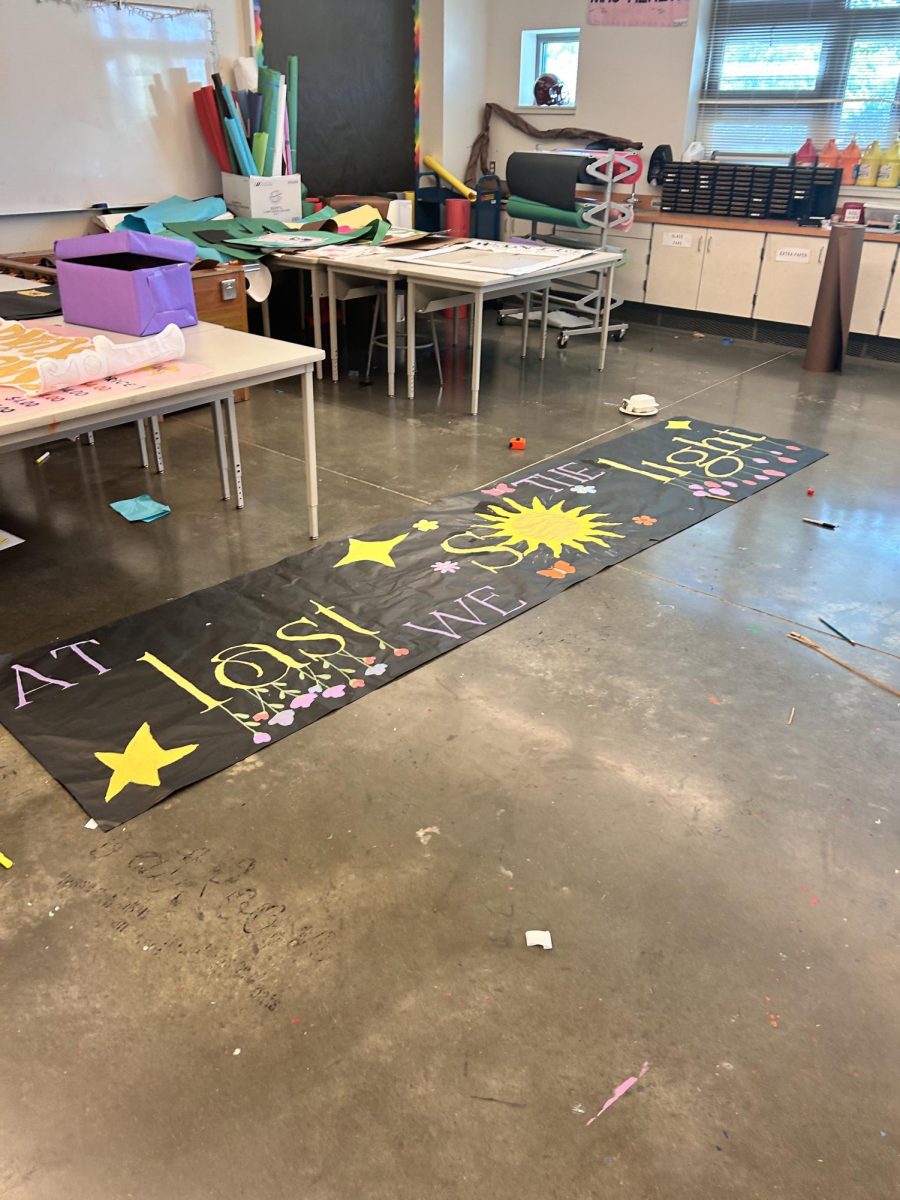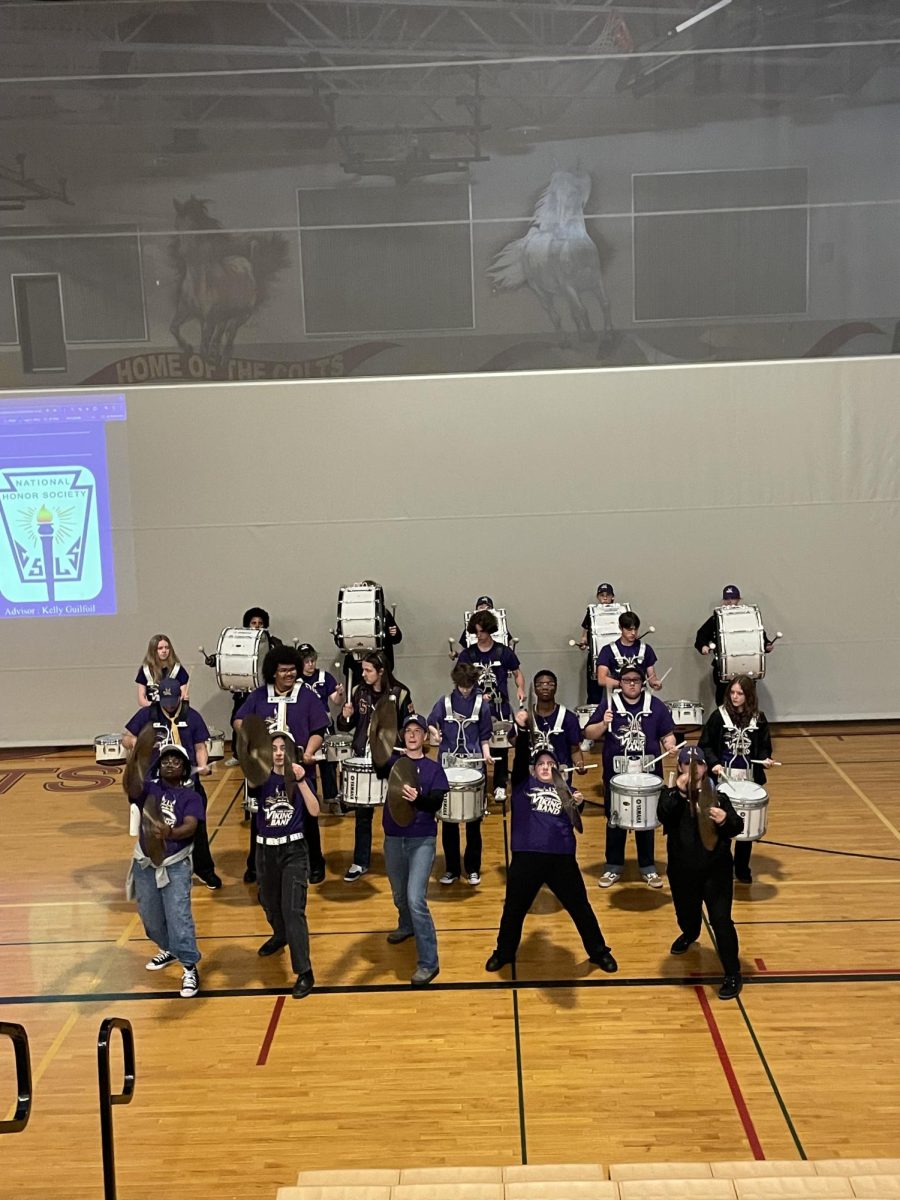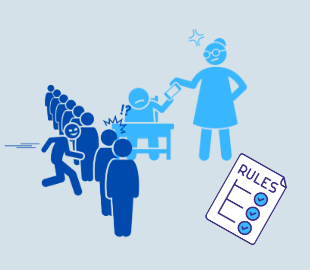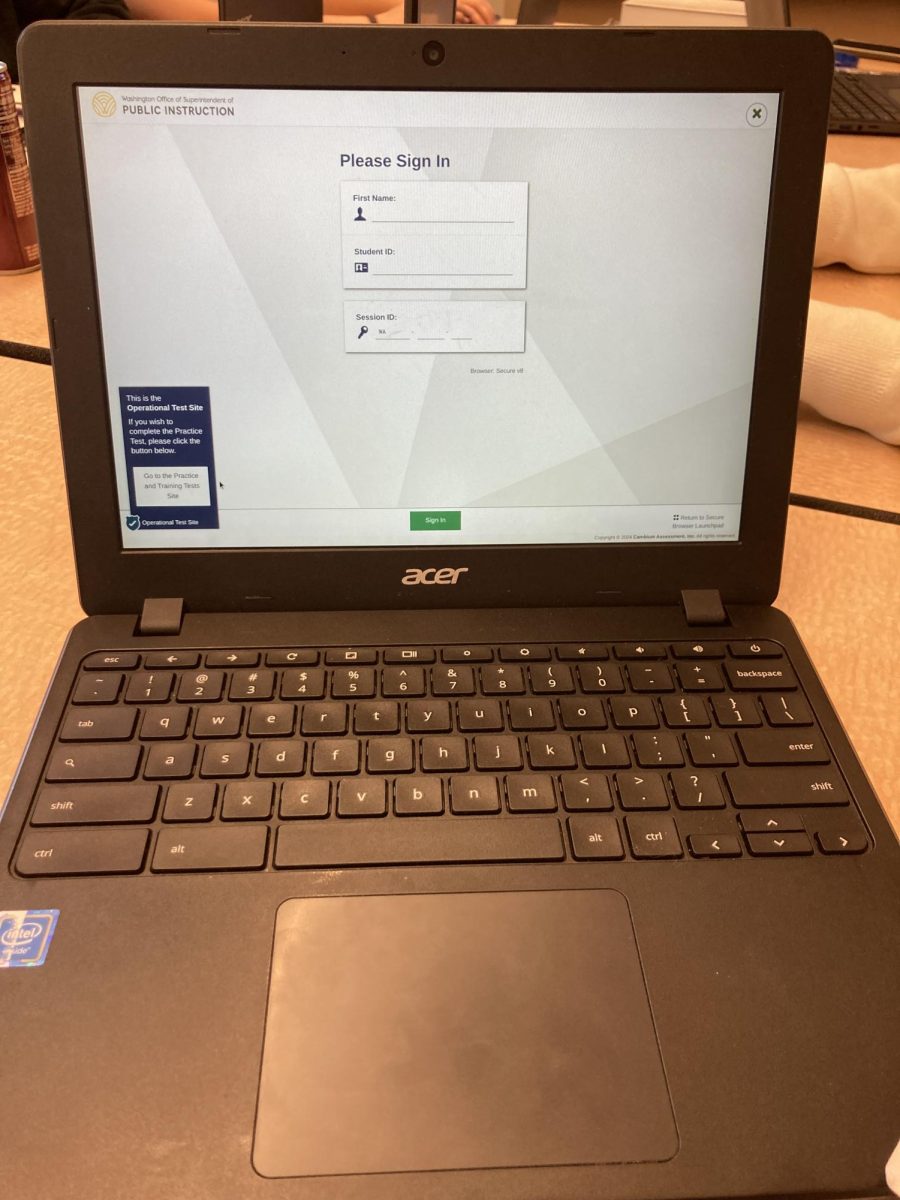Around the clock, the tests never seem to stop. Cavelero Mid-high School recently wrapped up SBA testing for eighth-grade students. Points were made and the question is how these tests came to be and how many of these tests are necessary. Many people feel that the SBA proposes outdated problems that are not appropriate for the skill levels of the students. The SBA is supposed to serve as a test to determine what level you are in the subjects of Math, Science, and English Language Arts. In Lake Stevens, WA, students start taking finals in either eighth or ninth grade, twice a year in every class. Is it reasonable to have a test twice a year that is worth 10% of your grade, as well as a test that does not affect your grade but is stressed over and made a large deal out of? No, and here’s why.
To start, few people know how and why tests such as SBA, Finals, and standard class assessments were created. SBA stands for Smarter Balance Assessment and it was created in 2010. The test questions are created by teachers and workers of Smarter Balance workers. The questions are typically new each year but sometimes old questions are incorporated if they fit the criteria. use the Smarter Balance Assessment to assess student’s knowledge and growth in ELA and math each year. However, you only take the SBA from grades 3rd-8th. But as a pubescent child, you also take multiple assessments of your level throughout the year, such as the Renaissance Star Test for both Math and ELA.
One of the biggest flaws of the test itself is that the problems presented are either far too below or far too above some skill levels of students. While the SBA tries to make all the questions approximate for grade level, students who are in advanced math classes will have questions below their skill level and the questions may be confusing for the students due to the questions having been more appropriate for the students when they were taking the selected grade level of math. Some students also struggle with certain subjects and take classes that offer support in the subjects they struggle with. The questions might be harder for students who need more time to process and answer the questions if they have a current struggle and need support. Additionally, many students have learning disabilities such as dyslexia or ADHD, and students with these disabilities often need more time to answer and support them while working. These students are not below the level that they should be but rather their brains process the information differently.
The SBA has many flaws, but it’s crucial that we address the fact that students already take tests to demonstrate their understanding at the accurate skill level of their abilities. The Smarter Balance Assessment does not accurately demonstrate an individual’s knowledge and understanding of the subject; instead, it demonstrates the uselessness of the test itself.
